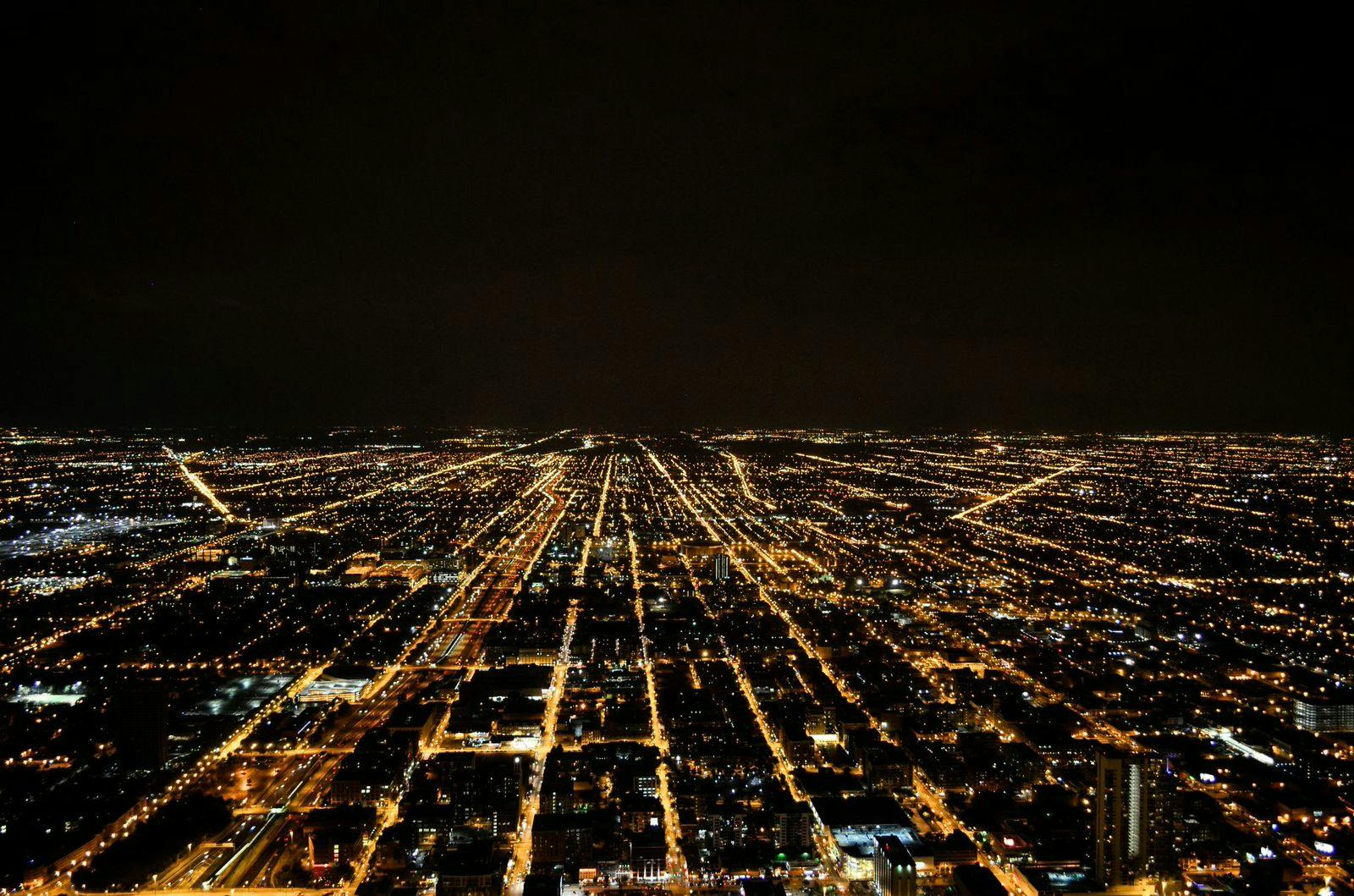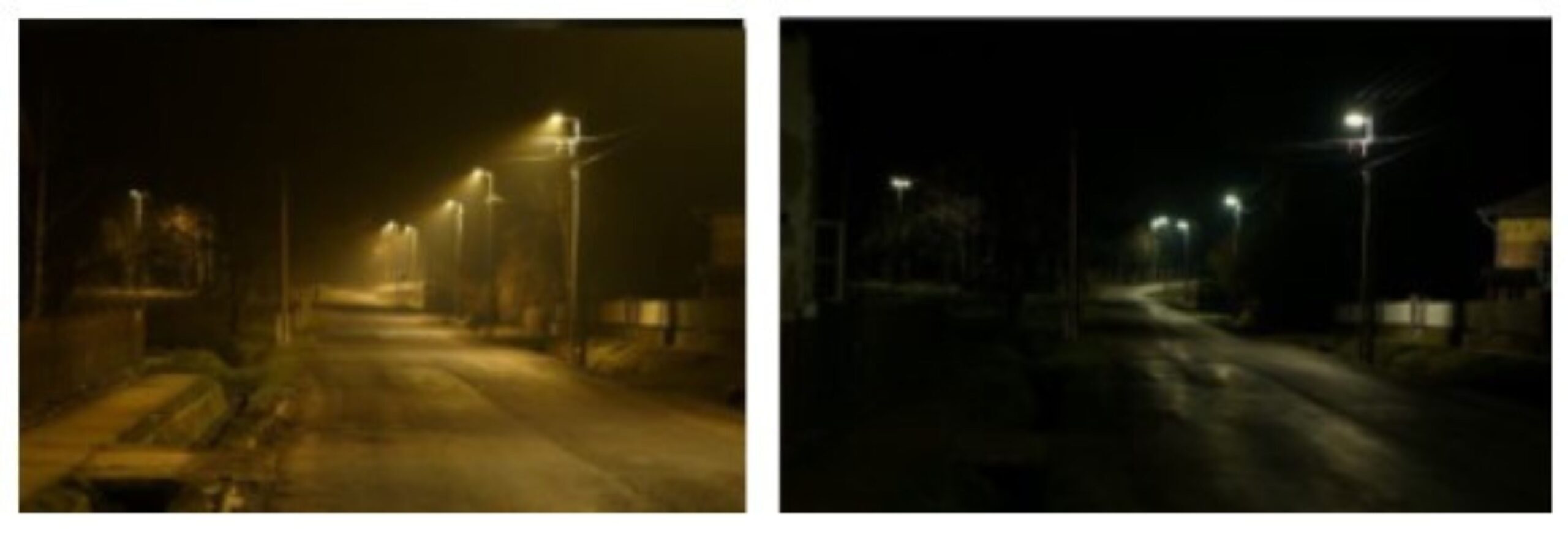

LIGHT SOURCES
Streetlights
Street lighting serves an important function, but it also contributes significantly to light pollution. While it enhances visibility, it can negatively impact the environment.
CASE STUDY
In the cities of Bárdudvarnok and Répáshuta, in Hungary, the street lighting systems were upgraded emphasizing the importance of ecological and user-centered considerations in lighting design. In particular, the upgrade of the lighting systems revealed amber-yellow lights to be optimal from an ecological point of view and highlighted the need to balance modern lighting standards with light pollution reduction. The new systems allow for variable colour temperatures, ranging from warm white to amber-yellow, and for the reduction of light pollution, especially during night hours.
CASE STUDY
CONCERN
A significant concern during the upgrade was ensuring sufficient illumination for pedestrians. The new systems aimed to address this issue while still reducing energy consumption and light pollution. The upgrade was completed in December 2018 and measurements showed a significant reduction in light pollution, with almost no light emitted upwards.
CONCERN
FEEDBACK
Feedback from residents has been positive and improvements in both lighting quality and colour have been noticed and appreciated.
This repository is managed by INAF as part of the Interreg Central Europe project DARKERSKY4CE, co-funded by the European Union. The views and opinions expressed herein are those of the authors and do not necessarily reflect those of the European Commission. Whilst INAF takes every precaution to ensure that the content is accurate, INAF cannot guarantee that all information or data on the website is correct. Therefore, INAF accepts no responsibility or liability whatsoever with regard to the information or data on the website or for any use which may be made of it.
